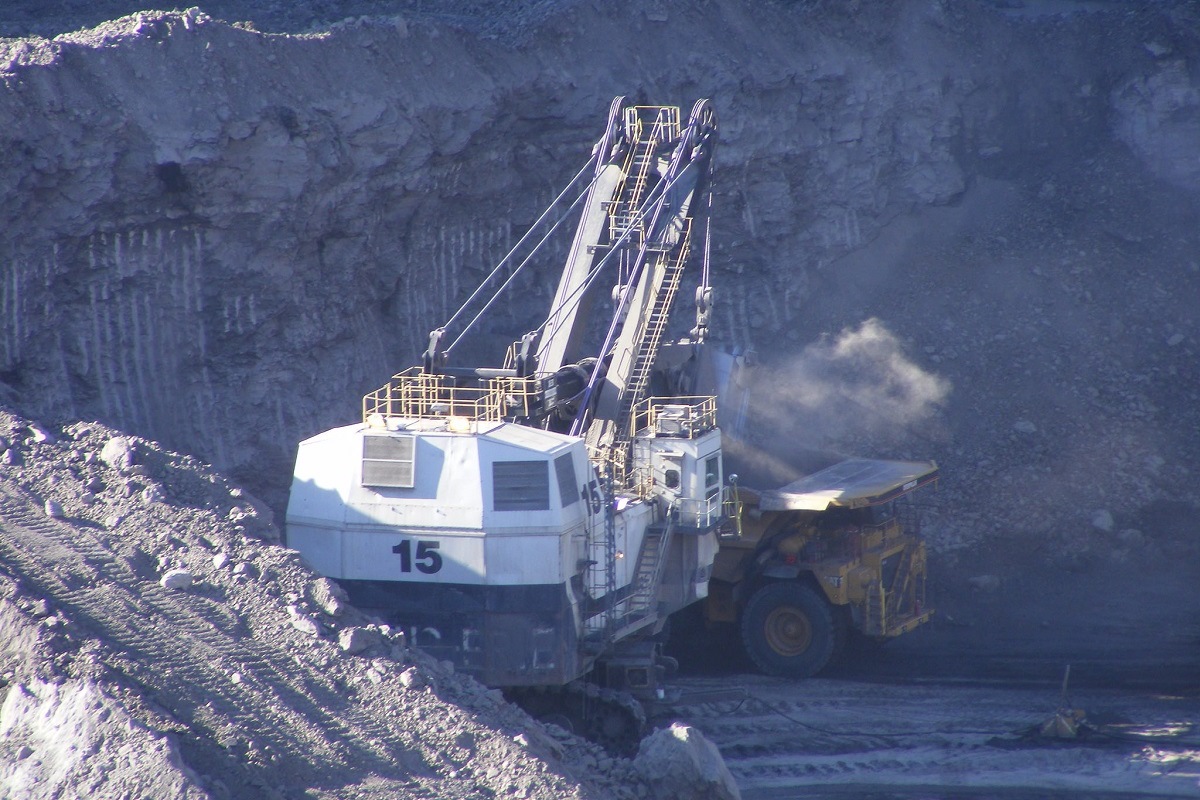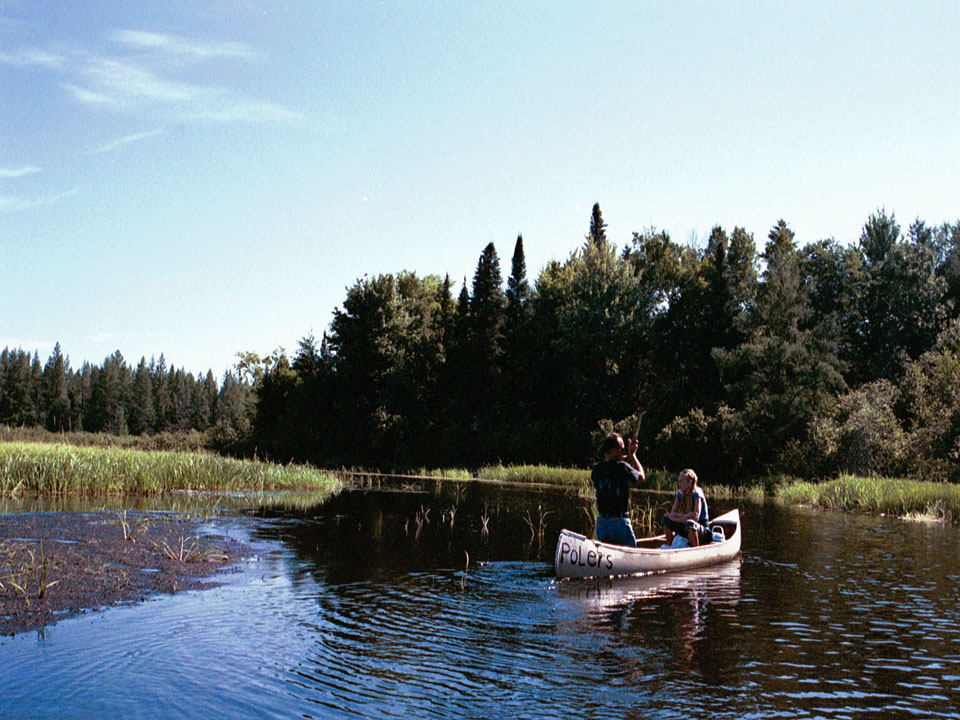
In January, the Trump administration proposed dramatic changes to the implementation of the National Environmental Policy Act (NEPA), a landmark law for both natural and cultural resource protection. For more information on what these actions could mean for the protection of the environment and historic sites in the United States, we interviewed Dr. Tom King.
Dr. King has worked with NEPA and NHPA since before they were enacted in the 1960s. He holds a PhD in Anthropology and is the author of a dozen textbooks on aspects of cultural/heritage resource management. From 1979-89 he headed the project review offices of the Advisory Council on Historic Preservation, and has also worked with the Departments of Agriculture, Defense, Interior, and Veterans Affairs and the General Services Administration, but his major work today is with American Indian tribes and local communities. He can be reached at tomking106@gmail.com
LLO: For readers unfamiliar with NEPA, can you briefly explain its significance?
TK: NEPA articulates POLICIES requiring the federal government to protect the environment as it carries out its affairs, but these are pretty generally ignored. The NEPA regulations, issued in 1978, govern how federal agencies are supposed to assess the environmental impacts of things they propose to do before they do them – to look before they leap
LLO: Can you describe a project /site you worked on / reviewed that was affected by the NEPA process?
TK: Around the turn of the century, there was a proposal to put in a zinc mine in a pristine landscape of cultural importance to the Sokaogon Chippewa Community in Mole Lake, Wisconsin. The project needed a permit from the Army Corps of Engineers, so it had to be reviewed under the NEPA regulations, and also under Section 106 of the National Historic Preservation Act (NHPA).

The Mole Lake Community was able to show – through the very public NEPA process — that the impacts of the mine on the cultural landscape would be devastating. That might or might not have been enough to persuade the Corps not to issue the permit, but it persuaded the mining company that the public relations costs would be too great.
They gave up and signed the mineral rights over to the Community. That’s an unusual “pure” win, but there are many other cases where tribes and other communities have used NEPA, and NHPA, to reduce the impacts of projects on landscapes and other places they value.
LLO: The Trump Administration has proposed a large number of changes to NEPA implementation. Can you highlight those actions that could potentially have the most impact.
There are lots, and many are subtle. They’re laid out in proposed rulemaking that would make global changes to the NEPA regulations.
The Trump administration essentially treats the process of environmental impact assessment (EIA) under NEPA as a troublesome procedural hoop through which project proponents have to jump, while exposing themselves to bothersome comments from the public – which they can ignore, but it takes time, and what a bother that is! So every chance they get in their rulemaking, they limit public involvement, simplify procedures for project proponents while complicating them for opponents, and so on.
The biggest of the big, I suppose – worst among equals, if you will – maybe are these:
- Setting things up so an agency can declare a project to be not “major” and thus drop it out of review under NEPA altogether;
- Effectively eliminating consideration of “indirect” or “secondary” impacts – the things that don’t happen right on the project site on the day of construction, but occur down the road through erosion, sedimentation, population changes, changes in land use, and so on.
- Eliminating consideration of cumulative impacts – will the project contribute to urban sprawl, for example, or to ongoing air or water pollution, or to gentrification.
LLO: The Trump administration wants to shorten the timeline of the NEPA process to either one or two years. Why is this a big change?
TK: That’s not exactly what they propose; it’s more complicated, and this gets to a bigger issue. The NEPA process springs from the 1969 statutory requirement that each federal agency prepare a “statement” of the environmental impacts of any action it proposes to undertake. That’s called an “Environmental Impact Statement” (EIS), and the Trump administration apparently thinks – correctly, I believe – that many EISs are way too long and cumbersome and take too much time. So what they propose to do – rather than figuring out WHY they’re too long and take too much time – is to impose page limits and get them done within two years.
Another kind of study, the “Environmental Assessment” (EA) is often done to decide whether an EIS is necessary; the administration would like EAs to be shorter than EISs and to take less time. Not unreasonable ideas in themselves, but simpleminded. We really ought to be looking at why EISs and EAs get too fat, and what can be done about it. Beyond that, we should look at how the technical requirements of NEPA and its regulations relate to Congressional intent, and for that matter at how the intent of Congress in 1969 squares with today’s reality. Are we perhaps too fixated on preparing the descriptive “statements” required by the 1969 law, at the expense of recognizing and resolving environmental impacts?
LLO: How would the ability of the public to comment be affected?
TK: Throughout the administration’s proposed rulemaking, there’s vague, hortatory language about public involvement, but specifics are thin, and wherever possible, time frames have been compressed and limits have been imposed to constrain public comment. There’s a systematic effort to shift the burden for developing alternatives from the project proponent to the public.
Moreover, the administration doesn’t propose that agencies DO anything with comments. They can essentially receive them and ignore them. This, it has to be acknowledged, is no different from the case under the regulations as they’ve existed since 1978, but it’s an insulting, anti-democratic condition that really needs to be corrected.
LLO: Can you comment on how accounting for climate change effects might change as a result of these actions?
TK: The Obama administration directed federal agencies doing NEPA analyses to address how their proposed actions might relate to climate change. Would putting X amount of gunk into the atmosphere from a proposed new fracking field contribute to effects on the climate, for instance, and if so what could be done to mitigate them? In its January rulemaking, the Trump administration has said, in essence, “don’t bother.”
This led 14 members of the U.S. Senate, including current and recent presidential candidates Bernie Sanders and Cory Booker, to sign a strong letter of opposition to the rulemaking on February 27. The Senators pointed particularly to the rulemaking’s deletion of cumulative effect as a subject that must be considered under NEPA. Climate change effects almost by definition ARE cumulative; the gunk pumped into the atmosphere by this year’s fracking field might not be so bad if it weren’t for the gunk already belched into it by mining and power plants and automobiles, or that’s likely to be belched into it by the next generation of industrial developments.
But agencies on the whole don’t like to trouble themselves with cumulative impacts, because they’re complicated, ambiguous, and frankly rather depressing. So — assuming the administration puts its rulemaking in place, and assuming it wins a second term in office, I imagine agency officials will cheerfully ignore climate change along with other cumulative effects in their NEPA analyses, as the seawater rises around their necks, the burning forests collapse on their heads, and novel new viruses make happy homes in their bodies.
LLO: Any other comments you would like to add.
TK: Luckily, there are members of Congress – not only the 14 Senators but many members of the House – who are very concerned about the administration’s shenanigans. This story is far from over.


